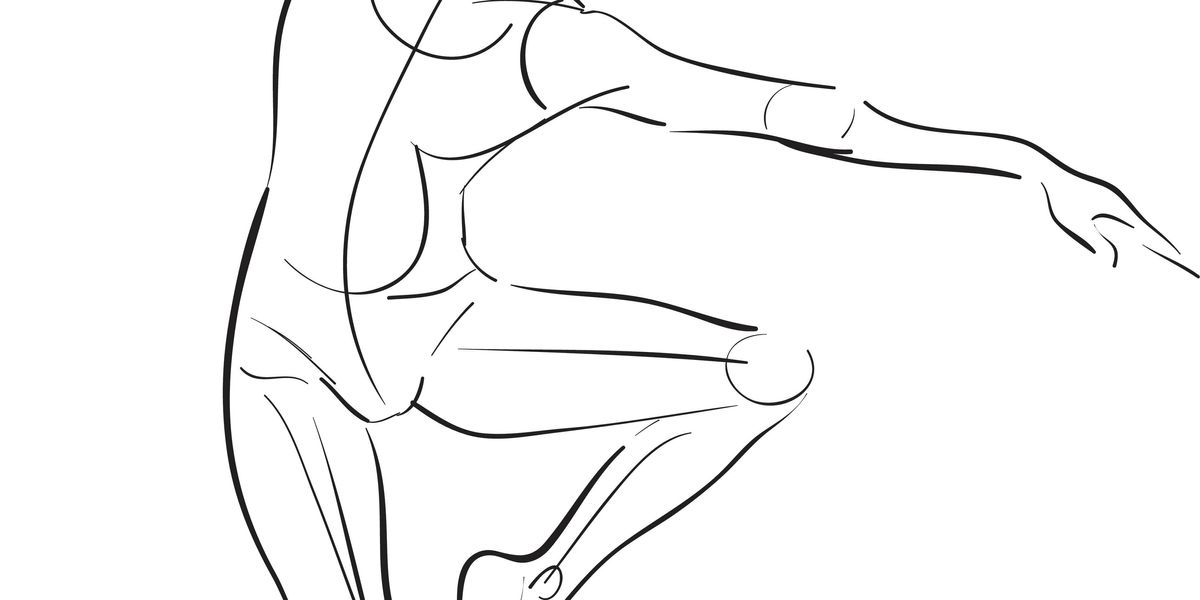Studying Ballet Dancers Could Help Us Treat Stroke Victims—and Build Better Robots
Dagmar Sternad is a professor of biology, physics, and electrical and computer engineering at Northeastern University. She’s also a bit of a dance obsessive. And her innovative work with ballet dancers could have far-ranging implications for the worlds of both medicine and robotics.
A longtime dance lover, Sternad has been been fascinated by the science behind dancers’ movements for years. “How do we control our limbs…and how does our brain control our body?” she asks in a new video documenting her studies. “How do we learn motor skills to even approach such exquisite skill as these dancers have?”
Starting with those questions, she began working with dance artists—including members of Boston Ballet—to discover the scientific roots of human balance and coordination. But over the years, she realized that her research could have broader applications, like helping stroke victims relearn and recover skills they might have lost. And, increasingly, she’s been investigating her work’s connection to robotics.
“There’s still a lot to be learned about what it takes to control a multi-link system to get close to what humans can do,” she says in the video. “So one potential contribution my work can make is to share some of the insights we’ve gained on human motor control to robotic control….[and help] humans and robots work together successfully side by side and hand in hand.”
Check out the video below (come for the science, stay for the beautiful footage of Boston Ballet’s Patrick Yocum and Rachele Buriassi). You can learn more about Sternad’s work here.




